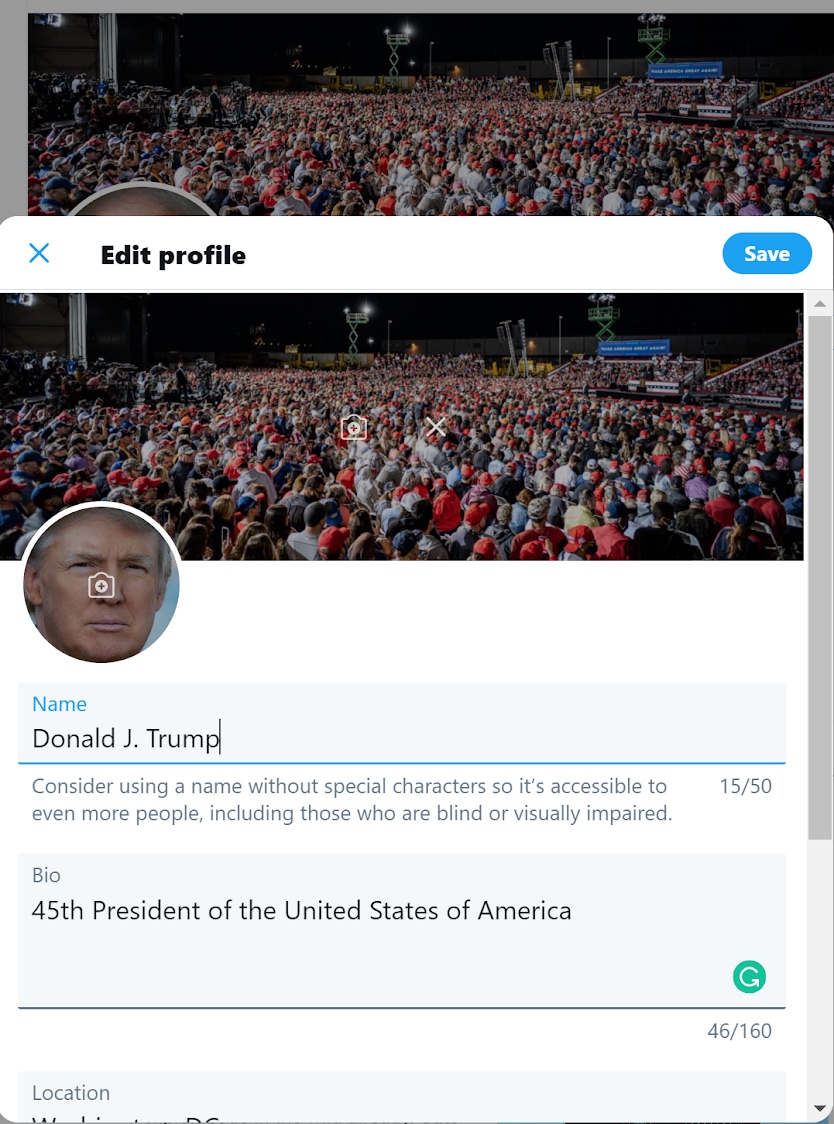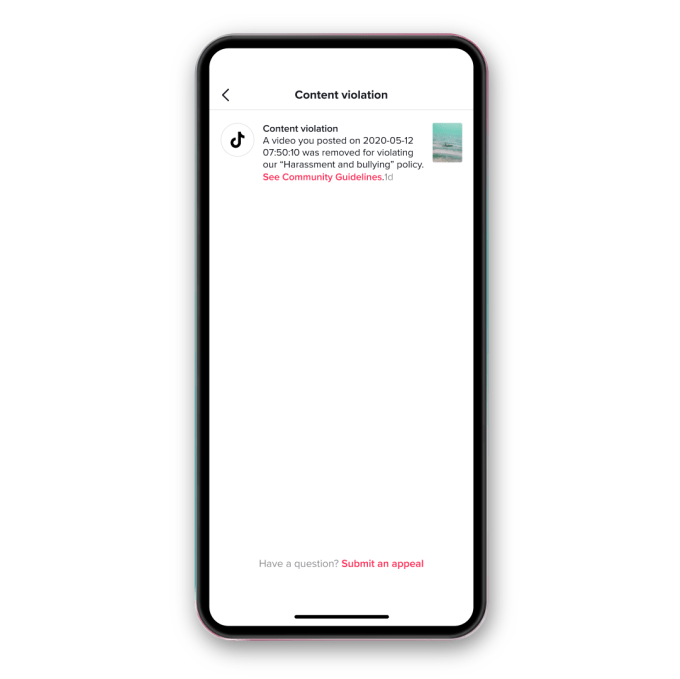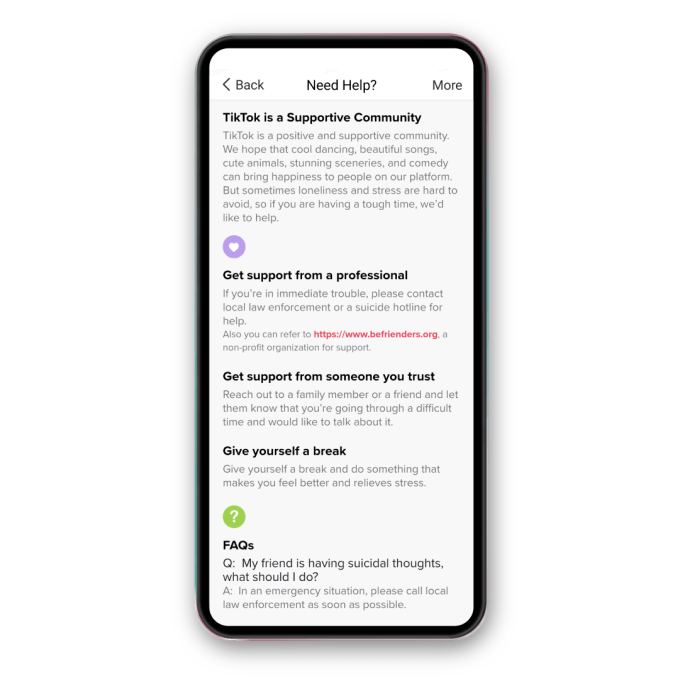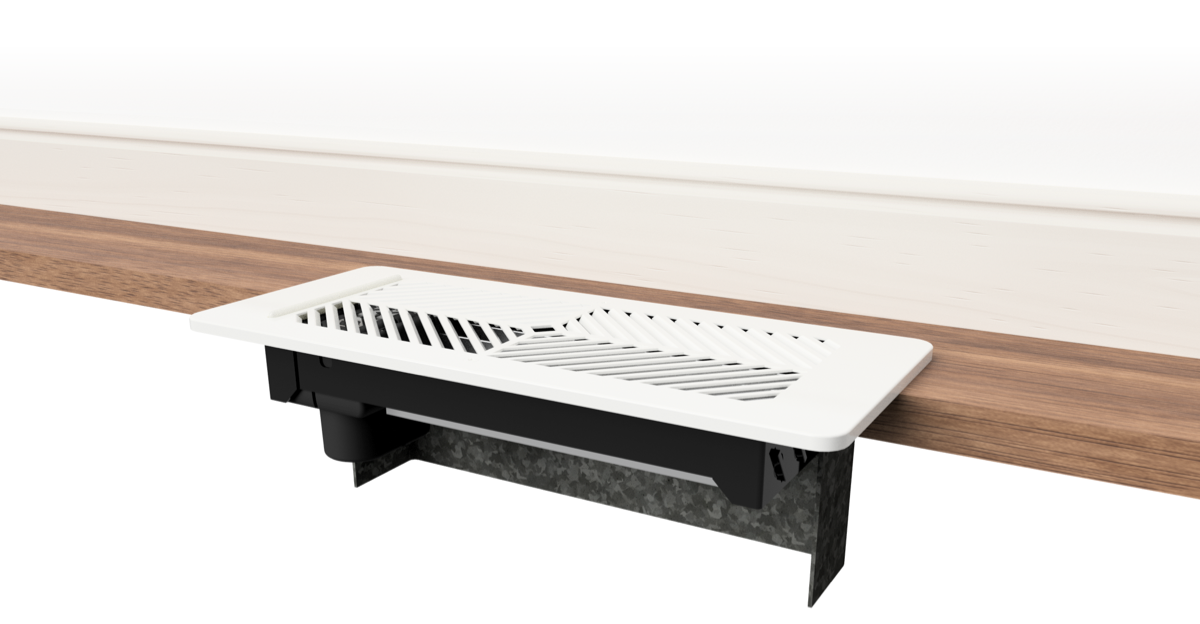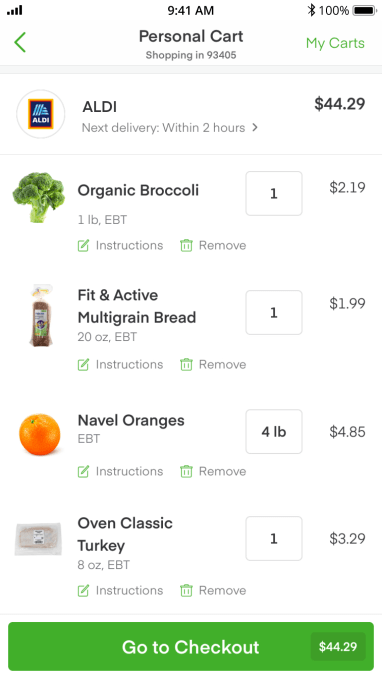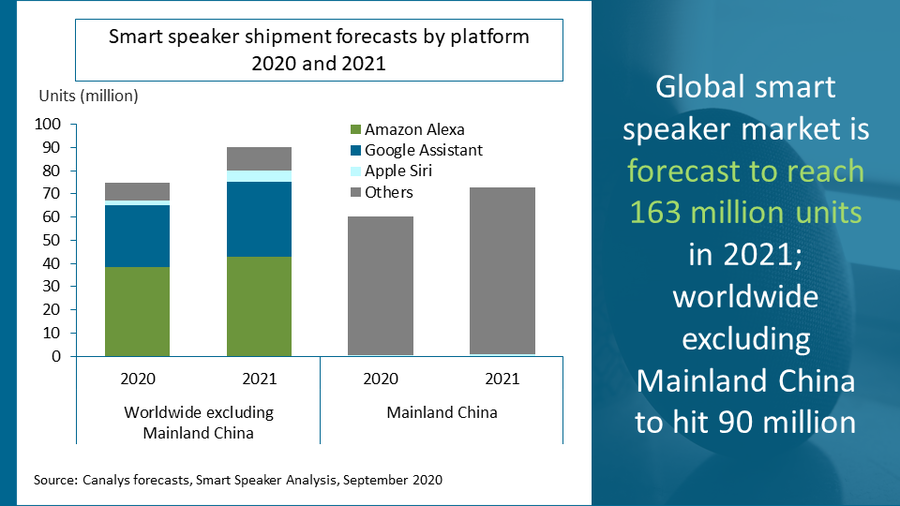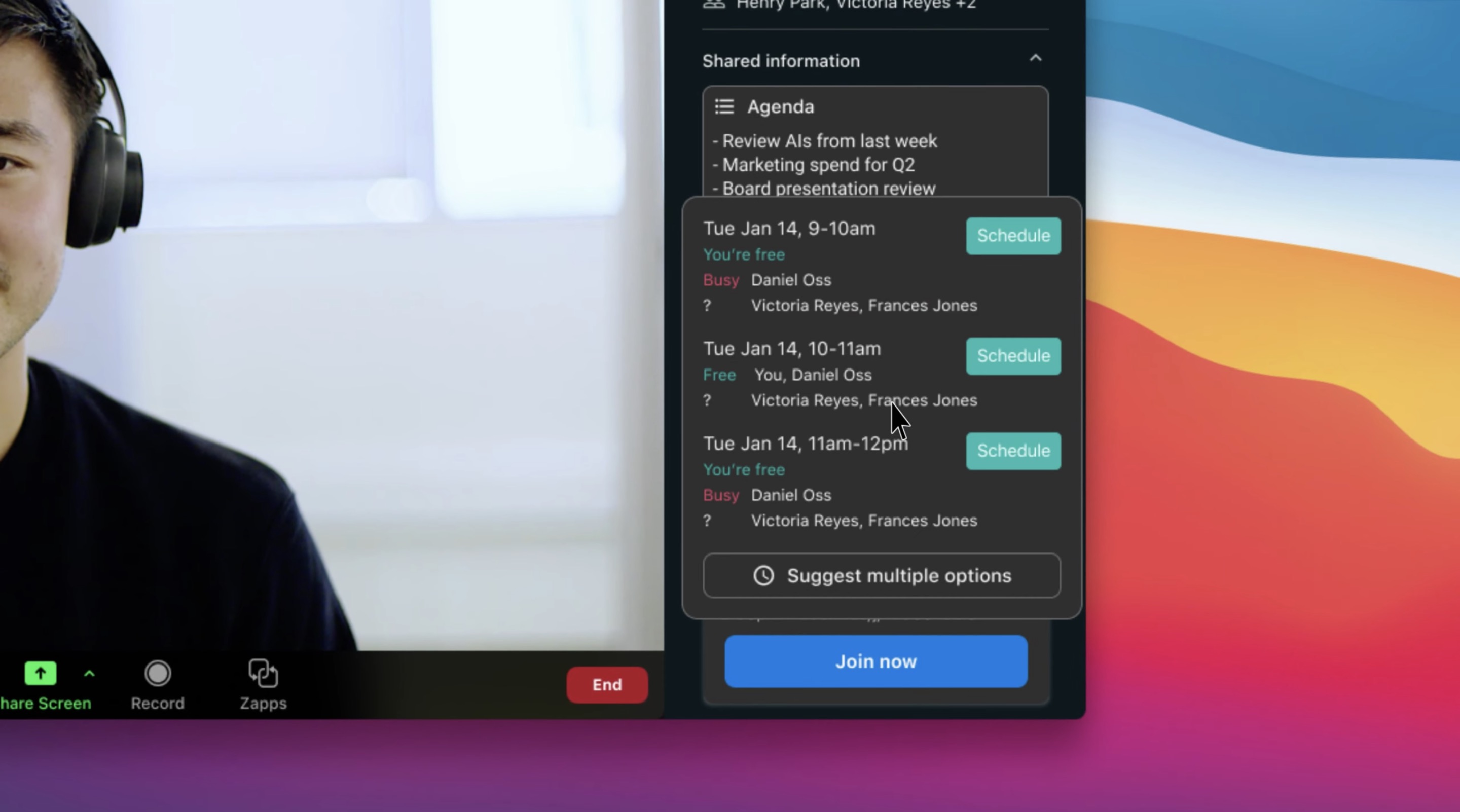On first screening, the network assumed it had a disaster on its hands. It was a quiet cartoon — more of a meditation on seasonal depression than a proper holiday film. The pacing was slow, it was voiced by a cast of amateur children and the soundtrack amounted to little more than the jazz piano stylings of a mustachioed North Beach hipster nicknamed “Dr. Funk.”
Worst of all, “A Charlie Brown Christmas” actively railed against the commercialization of the season, primarily in the form of an extended monologue from the blanket-wielding Linus set in the context of Jesus’s nativity.
“[The executives said], ‘We’ll play it once and that will be all. Good try,’ ” producer Lee Mendelson told me in an interview back in 2006. “[Director Bill Melendez] and I thought we had ruined Charlie Brown forever when it was done. We kind of agreed with the network. One of the animators stood up in the back of the room — he had had a couple of drinks — and he said, ‘It’s going to run for a hundred years,’ and then fell down. We all thought he was crazy, but he was more right than we were.”
“A Charlie Brown Christmas” has, of course, endured. The 25-minute animated special has aired on network television every year since its 1965 debut. It ran on CBS until 2000 and then on ABC each year subsequently, including special broadcasts on its 40th and 50th anniversaries on 2005 and 2015, respectively. For its 55th anniversary, it won’t appear on network TV at all.
In October, Apple acquired the exclusive rights to the special, as part of its ongoing, billion-dollar Apple TV+ push. The deal with Wildbrain, Peanuts Worldwide and the now-late Mendelson’s production company makes Apple’s streaming platform the exclusive rights holder for Peanuts content. That means that subsequent specials “A Charlie Brown Thanksgiving” and “It’s the Great Pumpkin, Charlie Brown” will see a similar fate.
It’s become a familiar story in the era of streaming. Last year HBO Max locked down exclusive access to new episodes of “Sesame Street,” though that specific deal allowed for episodes to air on PBS at a later date. There’s a bit of a loophole here, too. The Peanuts deal requires Apple to offer the specials for free for a limited window. The “Great Pumpkin” will be free through the service from October 30 until November 1, “Thanksgiving” will be made available from November 25 to the 27 and “Christmas” will come decidedly earlier this year, from December 11 to the 13.
“[Peanuts creator Charles Schulz] would say things like, ‘I never thought it would be around 25 years later,’ ” his widow Jean Schulz told me in an interview for that same piece. “One of the reasons that Christmas is so great is that back in 1965 there were no VCRs or DVDs, so you saw that show once, and you had to wait a whole year to see it again. And when it came on, it still held up. It was still charming.”
More than a half of a century later, the special still qualifies as both. It’s a perfect artifact of American popular culture that is very much both a product of its own era and a gentle protest against it. Of course, all of the things that Linus warned us about back in 1965 have only compounded in the intervening decades. The media landscape, too, has transformed several times since then.
In a world in which change is the only constant, watching “A Charlie Brown Christmas” on TV has been something to rely on. This year, the short becomes the latest bit of content to get shoveled up in the great streaming wars of 2020, as media companies fight tooth and nail for back catalogues.
Cast as the perennial cynic and antagonist football mover, Lucy Van Pelt tells the titular character, “Look, Charlie, let’s face it. We all know that Christmas is a big commercial racket.” That, at least, hasn’t changed.

